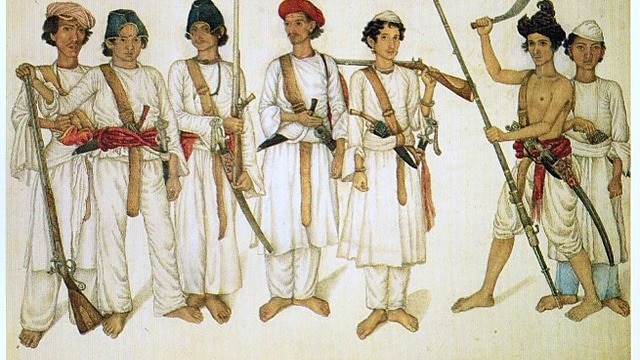"If someone says he has no fear, either he is lying or he is a Gurkha."
That was how Field Marshal Sam Manekshaw once described the legendary courage of the Gurkhas – men whose discipline, loyalty, and skill with the khukri have shaped two centuries of military history. They still carry their traditional weapon, the khukri – a curved knife about 18 inches long.
advertisement
In the past, it was said that once a kukri was drawn in battle, it had to taste blood before being returned to its sheath – even if that meant the owner had to cut himself.
“Better to die than be a coward” is the motto of the legendary Gurkha soldiers from Nepal.
The term ‘Gurkha’ is believed to mean “protector of the cow” – with Gau meaning cow and Rakh meaning protector – as noted by historian Byron Farwell in The Gurkhas.
Today, the Gurkha regiments of the Indian Army remain among its most decorated units, having fought in every major conflict since Independence – including the 1947-48 war, the Nathu la battle of 1967, the 1971 Liberaton war and the 1999 Kargil War where Colonel Lalit Rai led the 1st Battalion with extraordinary valour.
More than 2,00,000 fought in the World Wars for the British.
His men famously gave a “bloody nose” to the six-foot-tall Pathans – their khukris cutting through the enemy ranks as head
Continue Reading on India Today
This preview shows approximately 15% of the article. Read the full story on the publisher's website to support quality journalism.
